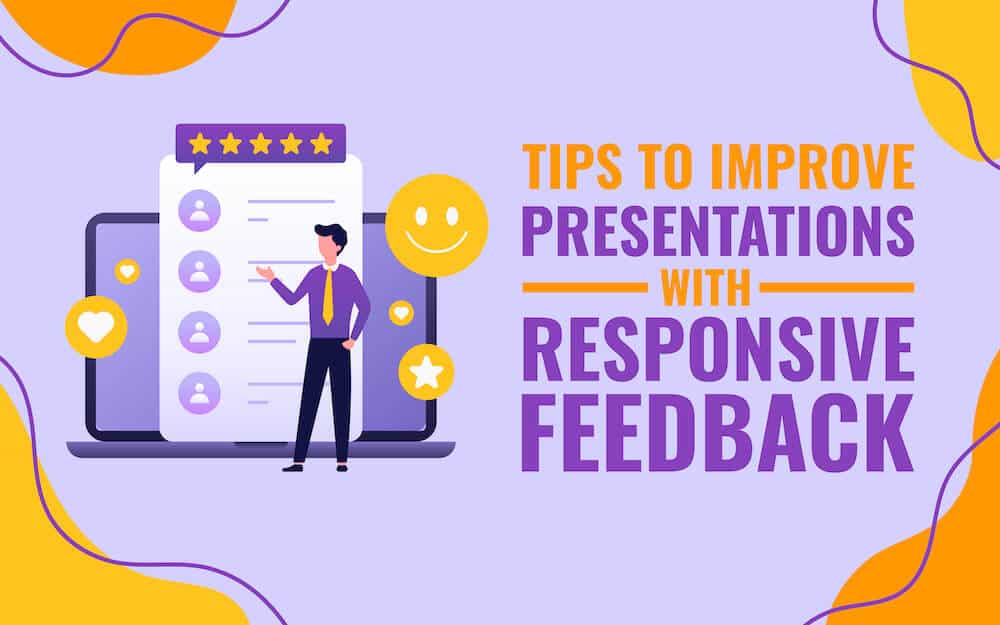
It can be difficult to create a presentation that fulfills all the criteria of good design, while at the same time matching the client’s goal and the expectations of the crowd. Sometimes, even if you are pleased with the work the designer has done, it does not imply that the presentation itself is flawless. Alternatively, even if you think your designer has done a poor job, but the crowd positively responds to the presentation, then clearly the designer did a good job.
Let’s get straight to the point now, and address some of the common scenarios when a designer can ruin your presentation.
1. Focusing on technicalities
If a designer creates a presentation where he, or she, wants to elaborately explain your work then there is a good chance the whole thing will turn out to be a failure. The main point of presentation is to clearly convey your ideas and goals, to create food for thought and spark the interest of the observers. If an audience is bombarded with tons of facts, they will easily lose focus, retain very little of what you were trying to say, and most likely get bored and their interest will wane.
The presentation needs to be composed in a manner that allows the audience to process what you are saying, so the slides are to be used as visual guidelines. Do not use more than 7 lines of text per slide and use a Sans Serif font, as it is easier to read.
2. Too much styling
A presentation needs to have a corresponding style, no question about it. However, there’s such thing as over-styling, and it can be really distracting, which is a bad thing. In fact, it is far better to be guided by the thought “simplicity is the key”. If there is something you need to draw attention to, you should use either bold letters or italic. A designer who strives to impress the client with a myriad of minor details is doing a bad job, and a client who is looking for a flashy presentation is issuing a wrong request. Moreover, if you use pictures in the presentation, make sure they are in high definition, otherwise you may come off as unprofessional.
3. Trying to impress your client
As a designer, it is your duty to share your expertise on how to make a good presentation and help your client achieve his or her goal. It is not your goal to keep your client happy, your goal is to create a presentation that will have a strong impact on the audience. If a client has a ridiculous request, you need to remind them that you are the professional whose knowledge is required to complete the task, and convince them to change their proposal. It would be good to have some similar projects with good reviews, in order to make your case more compelling. If you simply agree with everything your client says, even if the plan is disastrous, you are not doing your job right. Remember not to apply the rule “The customer is always right”, considering how counterproductive this can be.
4. Trying to justify your decisions to client
You are hired as a professional, and because you know more on the given topic than your client. In other words, you are the one who needs to inspire confidence, and if you start to pamper the client and constantly alter the presentation just because client said so, then it is like admitting to him or her that you are incompetent.
When a client asks “why did you put that element there” or “why did you choose this color”, do not respond with – I’ll change it. Explain to your client why you made the decision, and how it helps his presentation.
I hope the article has provided you with some valuable warning and what to watch out for when it comes to possible complications you might have with your designer. Additionally, if you have a small knowledge scope in the field of presentation making, then chances are that your designer will probably do a better job without your constant instructions.



